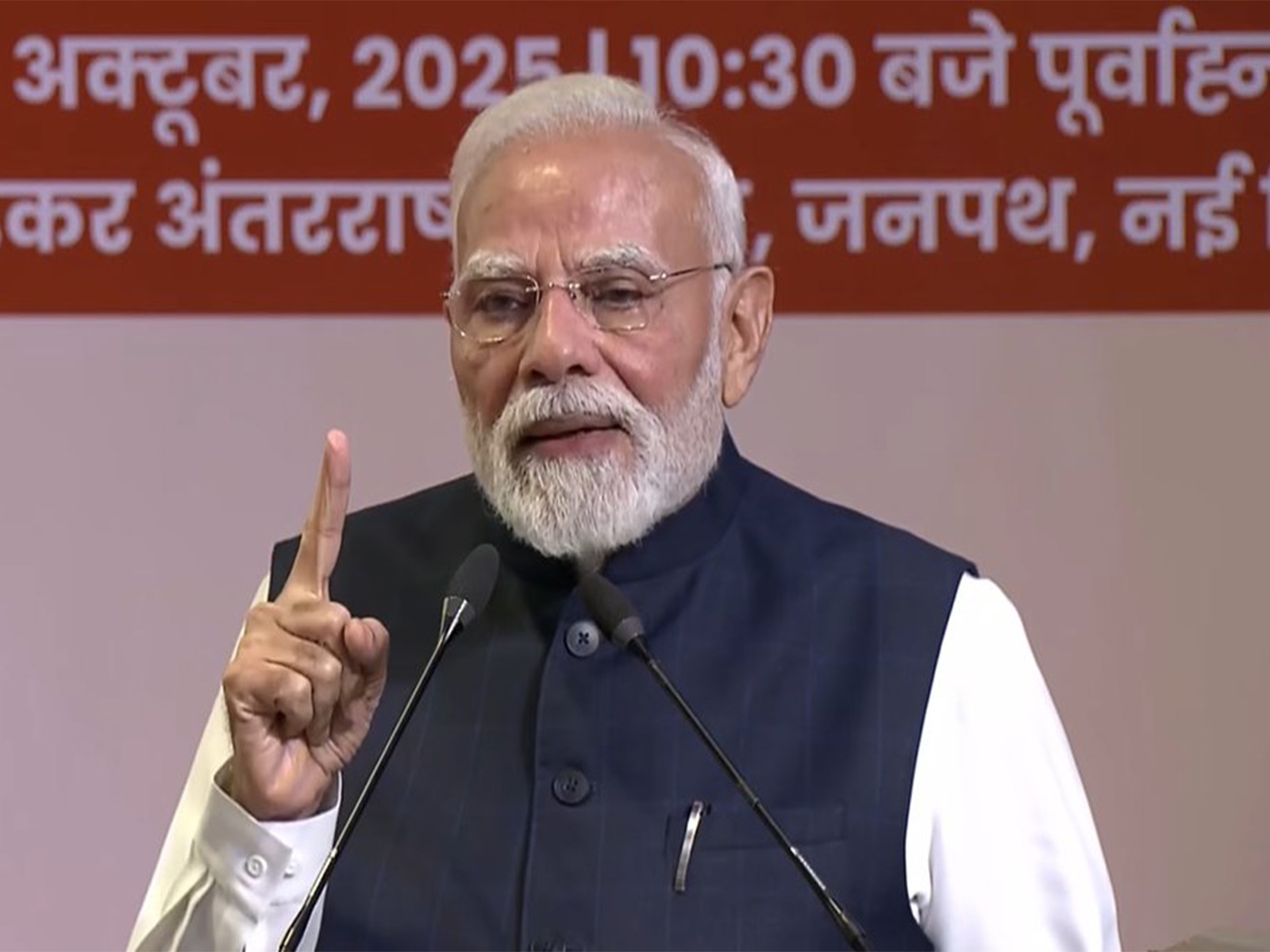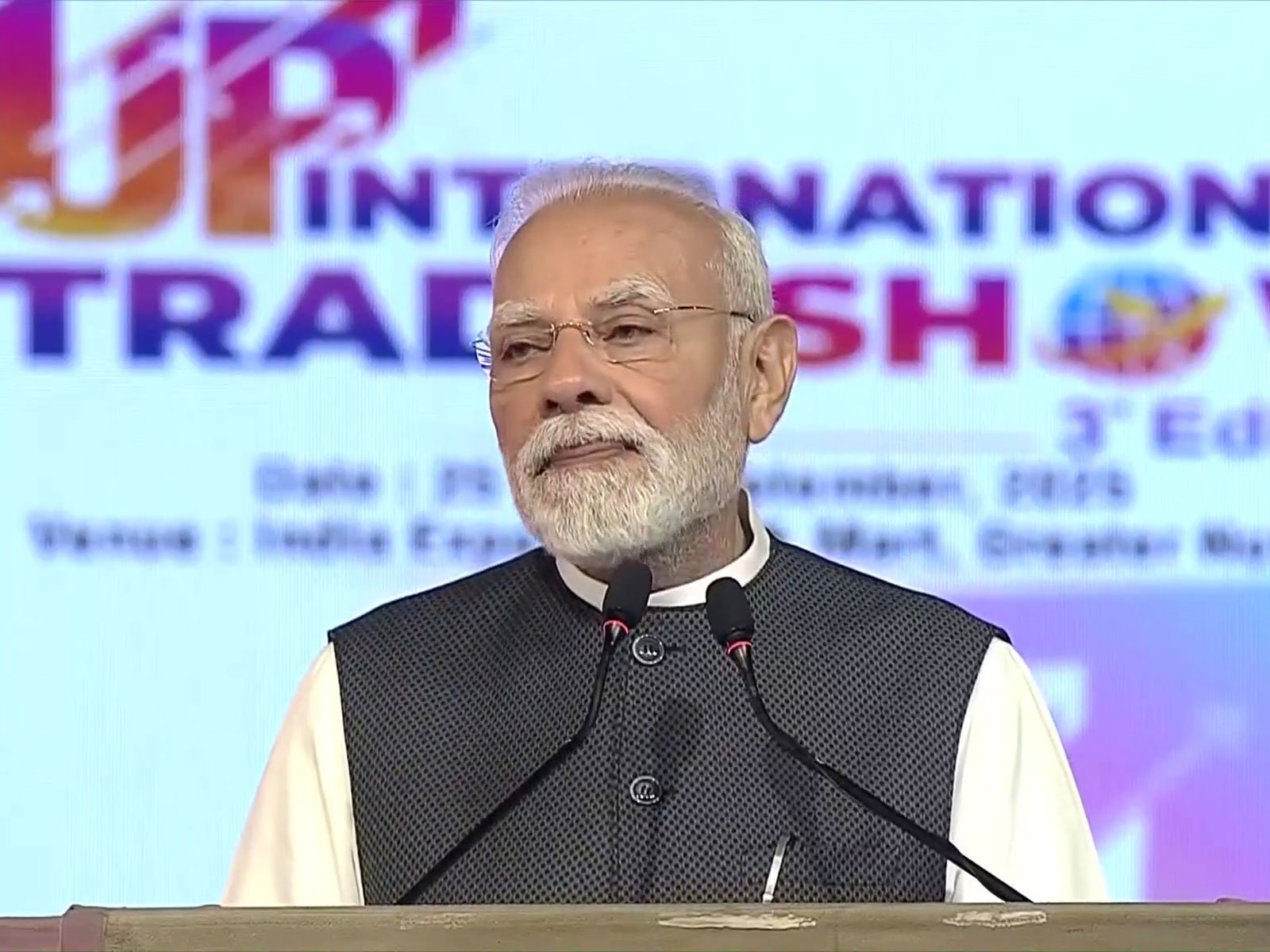What's the point of maths research? It's the abstract nonsense behind tomorrow's breakthroughs

Whenever I tell people I'm a mathematical researcher, I'm usually met with some form of bewilderment. Occasionally that's followed by the immediate end of the conversation. If there is a follow-up question, it's usually not about the type of research I'm doing or how it's funded but whether there's anything left to discover in maths at all.
True, maths rarely makes the headlines and so most people probably don't think of it as carrying out cutting-edge research. But neither does, say, geology and people don't assume there's nothing left to discover in that field. The difference is that everyone is familiar with maths from their schooldays in a way that contrasts vastly from the work of actual mathematicians. In school we learn formulas that are then used to calculate answers to specific problems. The right method correctly calculated will never fail.
Maths research, on the other hand, looks at the myriad problems for which we don't have such a method. It's about finding the tools and systems that other subject areas find so useful in formulating their own work. And sometimes it stumbles across facts about numbers that we have no conceivable use for at the moment but that one day could become vital to the world.
Any mathematical method used at school (or work or anywhere) was figured out at some point by a mathematician. Another mathematician may have proven that it always works. And another may have worked out how to use the method in the real world. Someone else might then have shown that it's not a very efficient way to solve larger problems and developed a different approach instead.
The method may also have relied on several properties of the underlying number system discovered over a long stretch of time. Others before them will have accomplished the important but unglamorous task of precisely defining that number system, perhaps a very long time ago.
Prime purpose
Research mathematicians essentially still discover similar types of results today. We have simply moved on to different questions that have become important, to new methods for existing questions, to different systems that draw our attention, and to more advanced questions about things that have already been researched.
Here is an example of such a recent result. It deals with the distribution of prime numbers, like 7, 11, 23, or 37, which you cannot divide by another natural number other than 1 or themselves. We've found prime numbers as large as 22m digits long, and researchers are still looking.
If you look at a table of numbers, the prime numbers seem to be almost randomly mixed into the non-prime ones. For a long time, we have been able to describe the typical characteristics of prime numbers. As it turns out, prime numbers slowly but steadily appear less frequently - they "thin out" - among the larger numbers. What's more, we can quantify this process in surprisingly precise terms.
With the average primes being further and further apart as we look at ever larger numbers, a typical question for maths researchers to ask is whether this process of thinning out also carries over to the smallest gaps between primes. In other words, will all large primes come at increasing distances from each other, or will we always find primes that are close to each other?
A breakthrough result in 2014 showed that no matter how high we go among the numbers, we will always find two primes that are closer to each other than some constant number. That number was initially a whopping 70m. This might not seem very close but the fact that we could identify a finite number was an important breakthrough. Other mathematicians then set out to reduce this value, and the best I am currently aware of is a much more manageable 246.
Real applications - eventually
You might wonder how solving such abstract problems helps anyone outside of mathematics. First, there is a trickle-down effect. A fundamental result is useful in obtaining other pure mathematical results, which in turn are used to develop applied mathematics, which are then used by non-mathematicians. Second - and more importantly - mathematical theory is often ahead of its time, and the abstract nonsense of yesterday underpins the applied mathematics of today.
For example, number theory is the area that examines, among other items, questions like our prime number example. For many years this was considered the ultimate pure mathematics topic and completely unusable for any purpose other than satisfying human curiosity. The eminent early 20th-century number theorist and pacifist, G.H Hardy, was very proud to say: "No discovery of mine has made, or is likely to make, directly or indirectly, for good or ill, the least difference to the amenity of the world." In other words, he was glad his work could not be used for military purposes.
Nowadays, the number theory results that seemed so useless less than a century ago are at the heart of the encryption algorithms that let us securely order a product or check our bank accounts online. In a way that would have horrified Hardy, British intelligence services had actually already discovered the same method in secret ahead of their civil colleagues.
When the next technological or scientific breakthrough requires a new type of mathematical model, it is likely that the subject already has the underlying theory in hand, waiting to be adapted to a new setting.
Underlying all of this is one of the fundamental truths about mathematical research. The applications of mathematics might change with scientific progress, making some mathematical topics more useful at times than others. But because mathematical results are based on logical deductions alone, they actually never become wrong, never get obsolete, and never truly get old. They are just waiting for the right application to arrive.
This article was originally published on The Conversation. Read the original article.
First published: 21 September 2016, 8:05 IST





![BJP's Kapil Mishra recreates Shankar Mahadevan’s ‘Breathless’ song to highlight Delhi pollution [WATCH] BJP's Kapil Mishra recreates Shankar Mahadevan’s ‘Breathless’ song to highlight Delhi pollution [WATCH]](https://images.catchnews.com/upload/2022/11/03/kapil-mishra_240884_300x172.png)

![Anupam Kher shares pictures of his toned body on 67th birthday [MUST SEE] Anupam Kher shares pictures of his toned body on 67th birthday [MUST SEE]](https://images.catchnews.com/upload/2022/03/07/Anupam_kher_231145_300x172.jpg)






